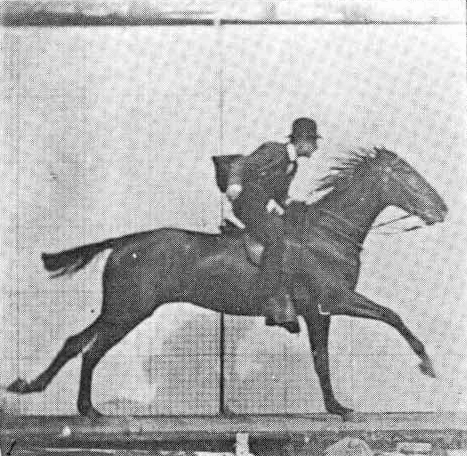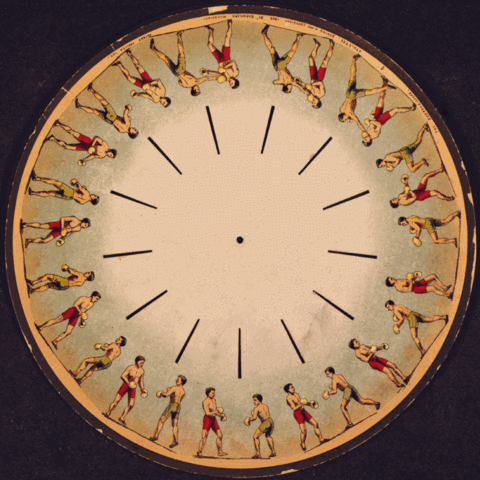When I first saw what was then the height of motion capture in 1999—The Matrix’s “bullet time” and kung fu sequences—I was suitably impressed, and yet… the extreme manipulation of the real (which couldn’t have happened in a more appropriate film, granted) also seemed a little like a cheat. In the days before computers rendered 99% of special effects, part of the fun of watching an effects film was spotting the seams. The short “Kung Fu Visualization” above, from German digital artist Tobias Gremmler, deftly combines both of these aesthetic inclinations—the love of artifice and the awe of liquid-smooth digital motion—in rustling, swirling, shimmering animated art that paradoxically shows us the seams of fluid movement.
Recalling Marcel Duchamp’s famous nude or the dynamic sculpture of Umberto Boccioni, Gremmler animates these modernist dreams using graceful motions captured from two Kung Fu masters. Each sinuous martial arts routine is rendered with a different material texture, with accompanying sound effects and dramatic music. “Visualizing the invisible is always fascinating,” writes Gremmler, “and motion visualizations have been created even in pre-digital times with light, photography, costumes or paintings.” (Norman McLaren’s 1968 “Pas de deux” offers a striking historical example.) Gremmler’s stunning animation was commissioned for a Hong Kong Kung Fu exhibition and “focuses on the legacy of Hakka martial arts in Hong Kong.”
Gremmler’s film may show us process in motion, but he remains coy about his own technological means (unless, presumably, you buy his book.) Another motion capture masterpiece, “Asphyxia,” above, uses humble, yet highly advanced methods unimaginable in 1999, “two inexpensive Xbox One Kinect sensors,” writes This is Colossal, “to capture the movements of dancer Shiho Tanaka.” Filmmakers Maria Takeuchi and Frederico Phillips then “rendered the data inside a near photo-realistic environment,” making creative use of lower-res tics and glitches. Combined with a lovely electronic score from Takeuchi, the resulting video’s visual poetry is impossible to adequately convey in words.
What “Asphyxia” does show us is a scaling back of technical wizardry that reveals a deep level of gestural sophistication underneath. “The project,” write the filmmakers, “is an effort to explore new ways to use and/or combine technologies… without many of the commercial limitations. The performance is centered in an eloquent choreography that stresses the desire to be expressive without bounds.” Although “Asphyxia” is obviously a lower-quality—digitally speaking—work than Gremmler’s Kung Fu Visualization, it is none the worse for it. Both use motion capture technology in innovative ways that foreground the artistry, rather than the mimicry, of digital animation. (Somewhat like the much-praised digital stop-motion Kubo and the Two Strings.) If you want to see how the makers of “Asphyxia” created their experiment, watch their making-of film below.
Related Content:
Software Used by Hayao Miyazaki’s Animation Studio Becomes Open Source & Free to Download
13 Van Gogh’s Paintings Painstakingly Brought to Life with 3D Animation & Visual Mapping
Take a Free Online Course on Making Animations from Pixar & Khan Academy
Josh Jones is a writer and musician based in Durham, NC. Follow him at @jdmagness





